Uncover the key to healthy skin with Vargas Face & Skin. We will explain how…
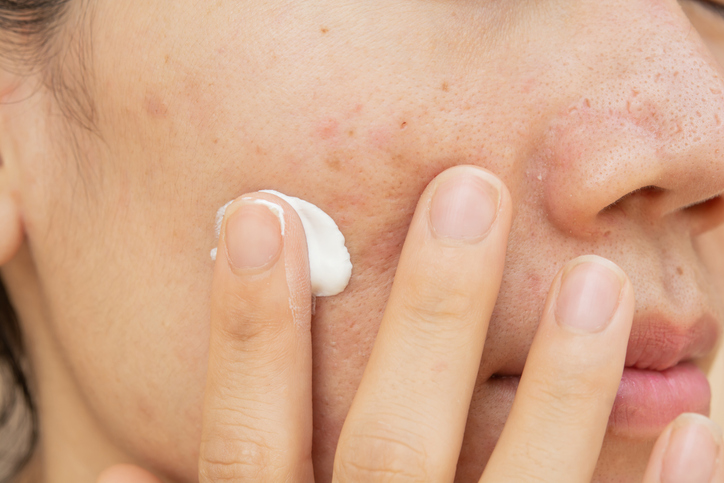
Acne on Cheeks and Other Facial Areas: Causes and Treatments
If you start to dig around online on the subject of acne on cheeks and face, you will most likely come across information on face mapping.
Face mapping is the Ayurvedic and Chinese system of face mapping, where spots on certain parts of the face are believed to mean that there are issues with corresponding parts of the body like the kidneys and liver but this has been proven to be untrue.
Of course, those desperate to rid themselves of the confidence-eroding effect of acne and the scarring it can cause may fall prey to the advice in articles and posts supporting face mapping, however, these are not the most effective for solving their problem.
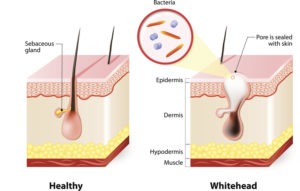
It has been shown that acne on cheeks and face tends to develop because of two critical factors.
The first is the presence of a certain kind of bacteria known as Propionibacterium, which is very good at getting your skin inflamed.
The second is clogged pores. Something that can really allow Propionibacterium to go to town on your skin.
Now, before we throw the baby out with the bathwater, researchers have found some areas of the face that are particularly prone to the presence of acne.
That’s not to say that this necessarily fits in with the Eastern medicine view of underlying causes in the body. Still, it surely is worth investigation for those suffering from the condition as it could help to provide them with the information they need to prevent and treat it.
Now, you know a little more about what causes acne in this area of your face, it’s time to move on to treating and preventing acne on certain parts of your face.
Acne on Cheeks
If you are experiencing acne on your cheeks, you are likely pretty fed up. After all, there is very little you can do to mask or cover up the pimples apart from resorting to heavy camouflage makeup, which is likely just to make the problem worse.
Of course, if you knew what was causing the problem, you could both treat and prevent it altogether. Luckily there are two known causes of acne on cheeks.
- Friction on the skin
- Introduction of bacteria to the area
This type of breakout is often referred to as acne mechanica.

Acne on cheeks has actually become a common issue recently due to the use of cell phones. Phones are a great place for oil and bacteria to hang out!
Then there is the issue of rubbing and bacteria causes by pillows. If you’re not washing your pillowcase at least weekly, you could seriously increase your chances of getting acne on your cheeks.
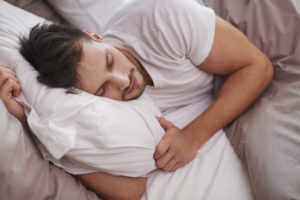
It’s not all doom and gloom, though. The good news here is that by reducing the friction and bacteria we expose our cheeks too, we can minimize the likelihood of breakouts.
One way of doing this is to use a clean pillowcase frequently. That is changing it every week minimum, or daily if you can. You can even get special low friction pillowcases made from satin and silk that may help.
When it comes to our phones though, asking to use them less, is not exactly realistic.
However, we can certainly do more to remove the bacteria on them, such as using an antibacterial spray to clean them regularly.
You can even now buy special light baths that will sterilize your phone as you sleep at the end of each day. This also is something that may be helpful for those suffering from acne in the cheek area, but there is little research behind if this actually works.
If you don’t feel like using a bacterial spray or purchasing a special light bath for your phone, you can also use headphones when you talk on the phone instead of holding it up to your face to reduce contact with bacteria and friction.
Acne on the Forehead and Hairline
When it comes to acne around the forehead and hairline, and it’s an excess of oil that tends to be the main factor in causing acne.
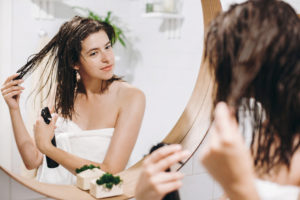
The oil is likely produced naturally by your body, or as a result of using particular hair products that act in a similar way to grease around the hairline area.
It is this oil that works its way into the pores and blocks them creating the perfect environment for acne to form.
This type of acne is so common that it has its own particular name, pomade acne. Devised from the term pomade, a variety of particularly greasy hair products.
If you are using any oily or greasy hair products, stopping is a good start. Although, if your hair turns into a bird’s nest overnight without your favorite wax or serum, there is another option.
You can wash your forehead gently after each application, or even protect it as you apply your spray or product by covering your forehead with a washcloth and ensuring that your hair is not touching your forehead when you style it.
Additionally, there is further action that you can take to prevent acne occurring on the forehead and hairline.
This is because some particular products act as a comedogenic which is essentially a pore-clogging agent. Therefore avoiding them, especially the ones with oil, Panthenol, and cocoa butter is a smart idea.
T-zone
The T-zone is the area across your eyebrows and down your nose. It is a known problem location for acne. Those with an oily T-zone, are particularly at risk of this skin condition.
It’s not just oil, that is the problem here. Studies have demonstrated that stress also plays a part in breakouts around this area. Something that means as well as using a non-comedogenic cleansing product, you also need to take care of your mental wellbeing too if you want to further prevent acne.
Using stress-reduction techniques such as belly breathing may be just what you need to minimize any acne breakouts in this area.
Jawline
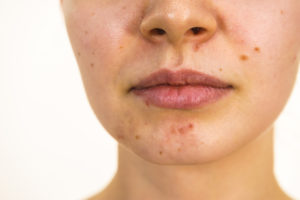
Finally, the last area that is a popular site for acne is the jawline. This spot is the only one that even remotely corresponds to the Ancient Eastern idea of face mapping. The reason being that research has shown that acne in this location is caused by fluctuating hormones.
Sadly, controlling our hormones isn’t the easiest of things to do. Although some doctors will recommend particular types of birth control for women suffering from this type of acne to help curb the symptoms.
Others suggest that reducing carbs and dairy and focusing on a low carb diet could provide results for those suffering from acne on their cheeks due to hormone issues.
Other Treatment Methods
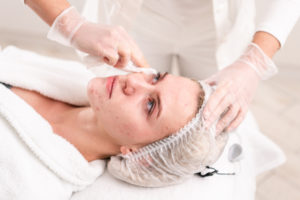
How severe and persistent acne is varies based on skin type. Some benefit from simply switching up their skincare routine or making small dietary changes while others need something a bit more aggressive.
A great option for treating acne is through light therapy.
BroadBand Light therapy is a non-invasive procedure that utilizes high-intensity pulses of light that penetrate skin for a very short period of time and reach the root of the problem when it comes to acne. There is no downtime after the procedure and patients can return home or work immediately.
For most conditions, several BroadBand Light Therapy treatments are needed to reach the desired effect.
There are a few other special treatments reserved for certain acne cases, schedule a consultation with Dr. Hannah Vargas to find out which treatment is right for your skin.

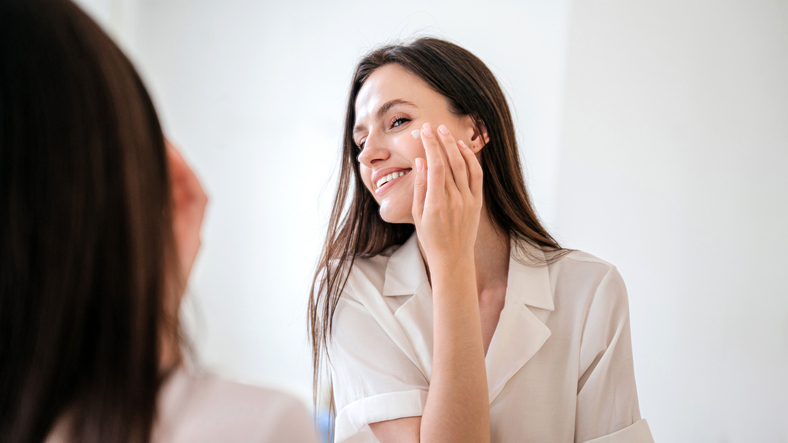
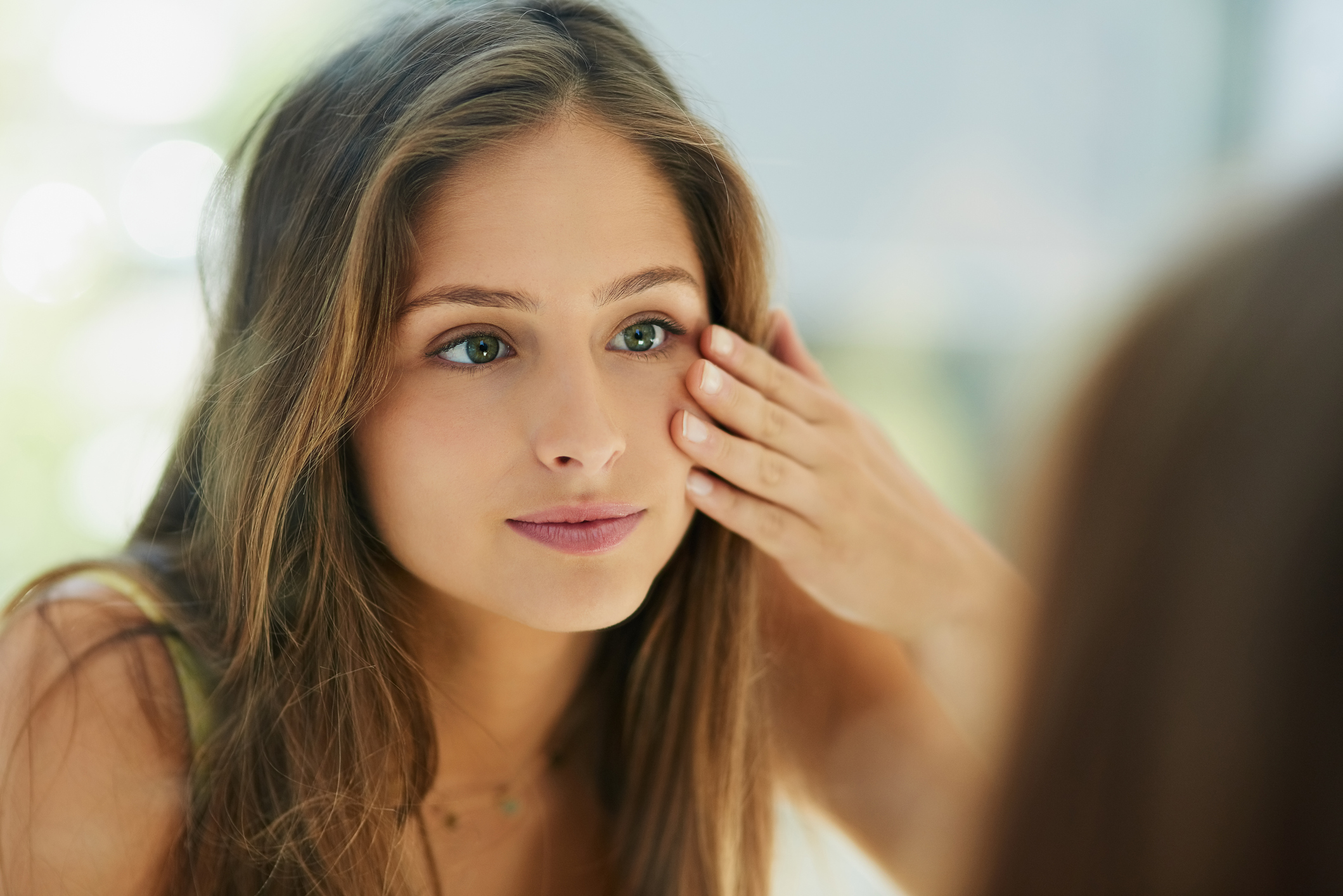
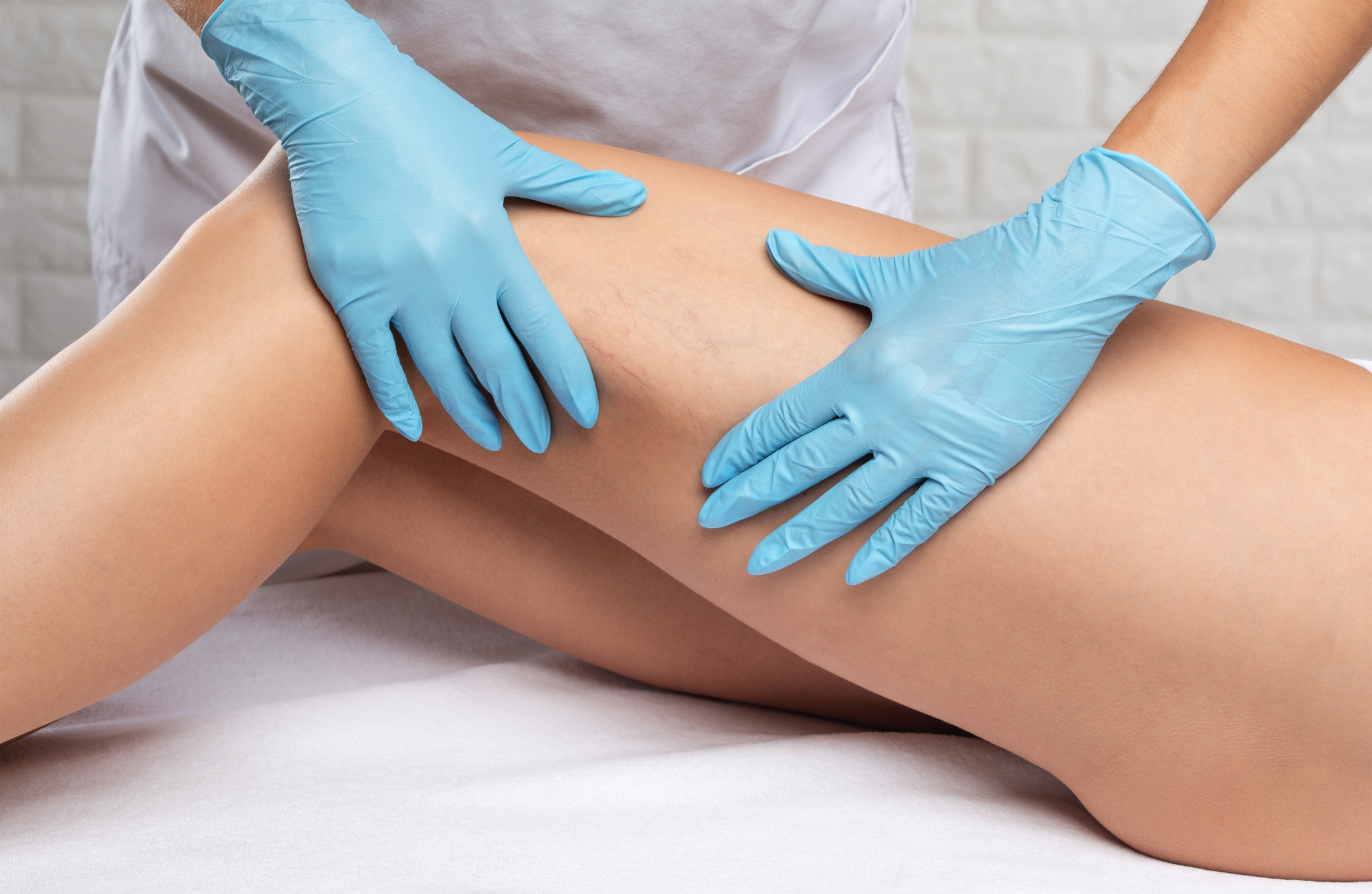
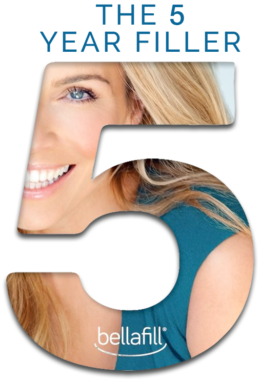
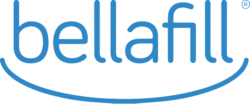

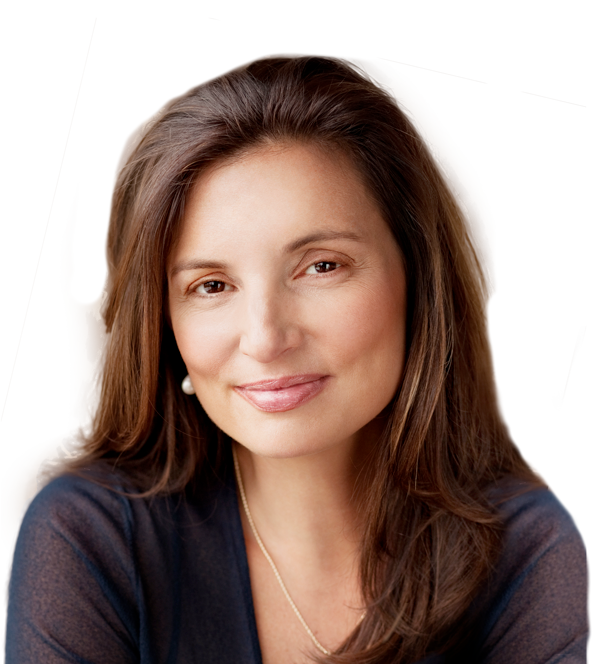
This Post Has 0 Comments